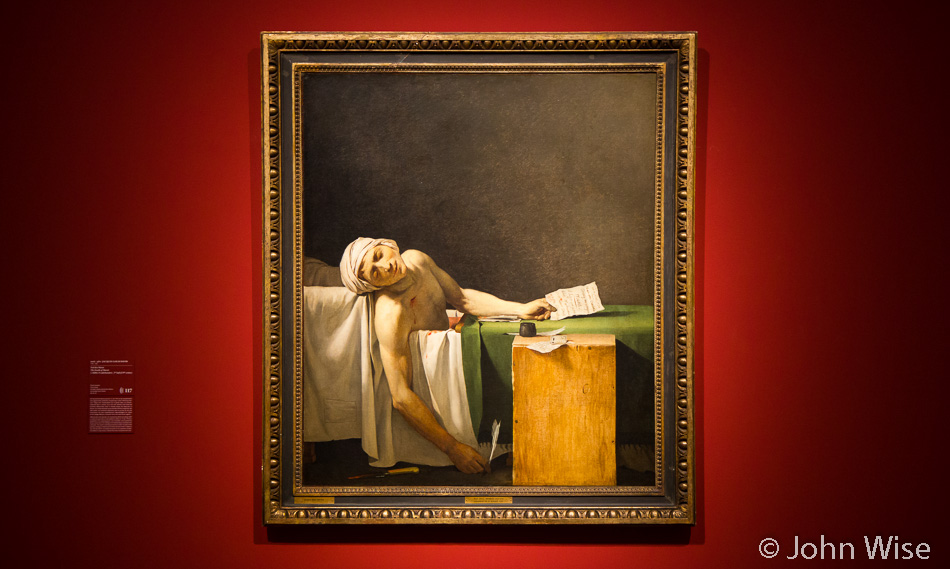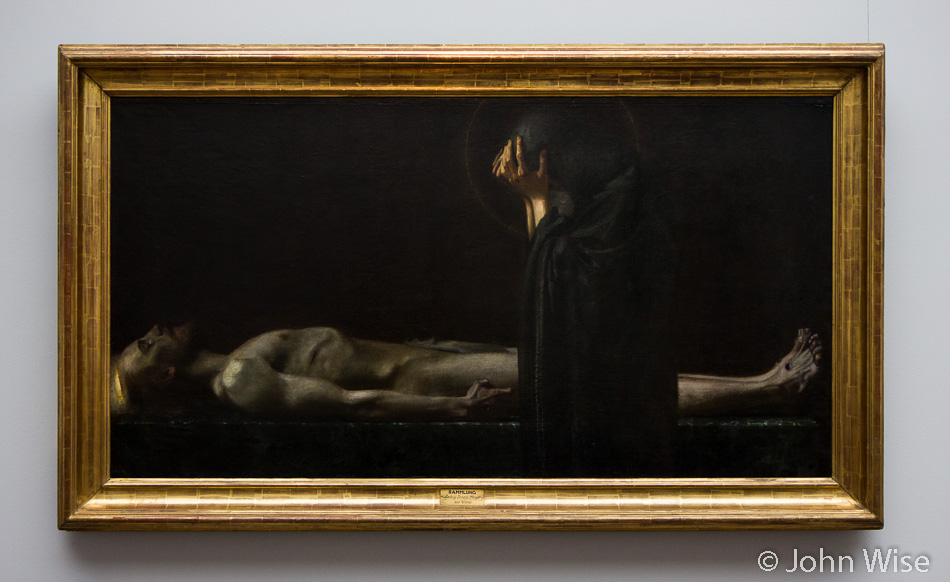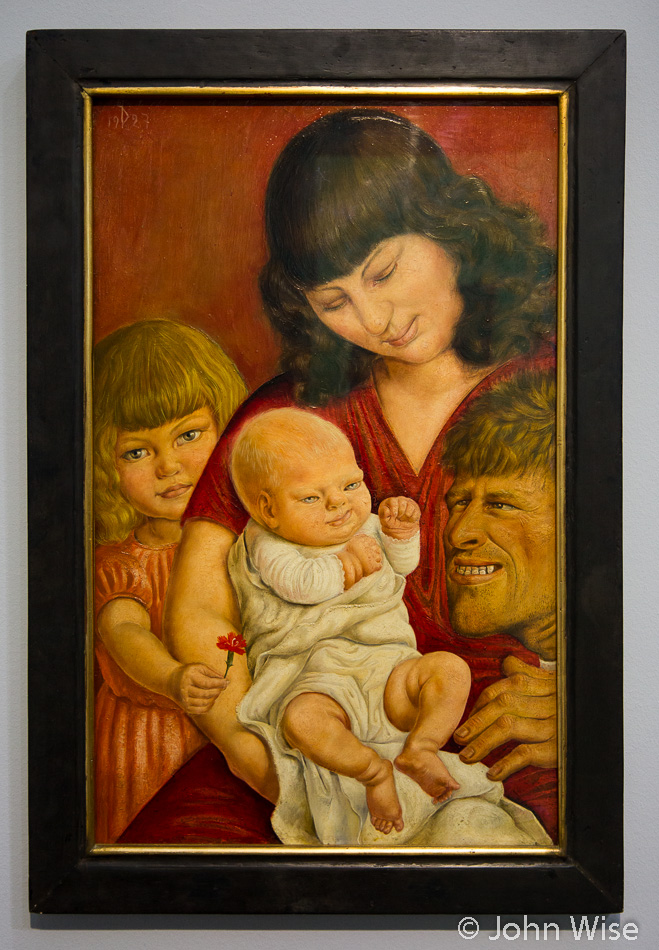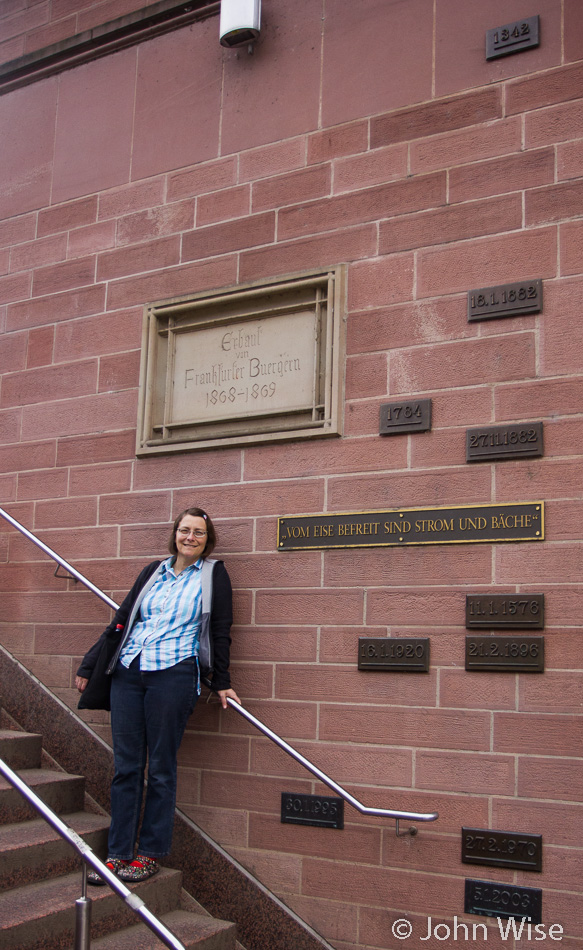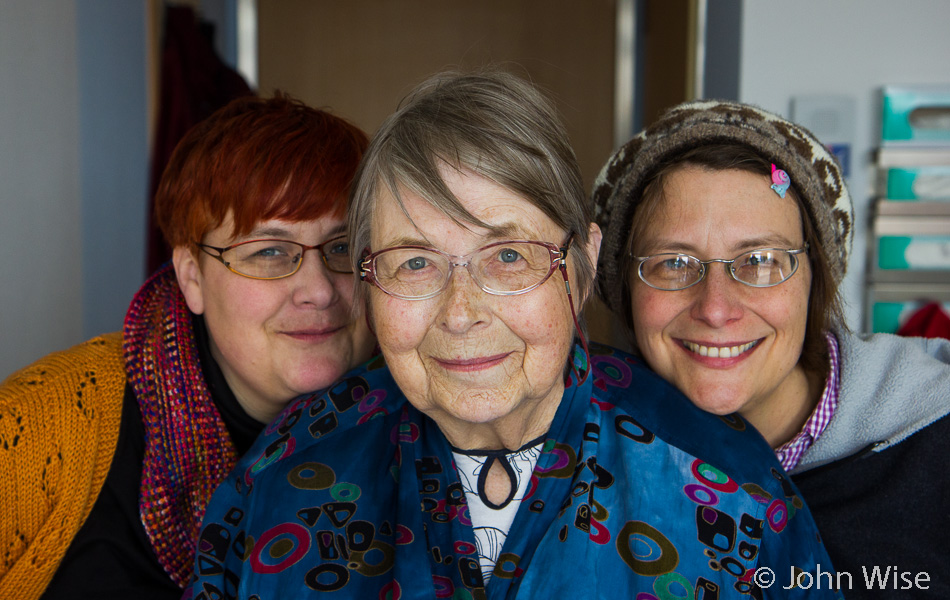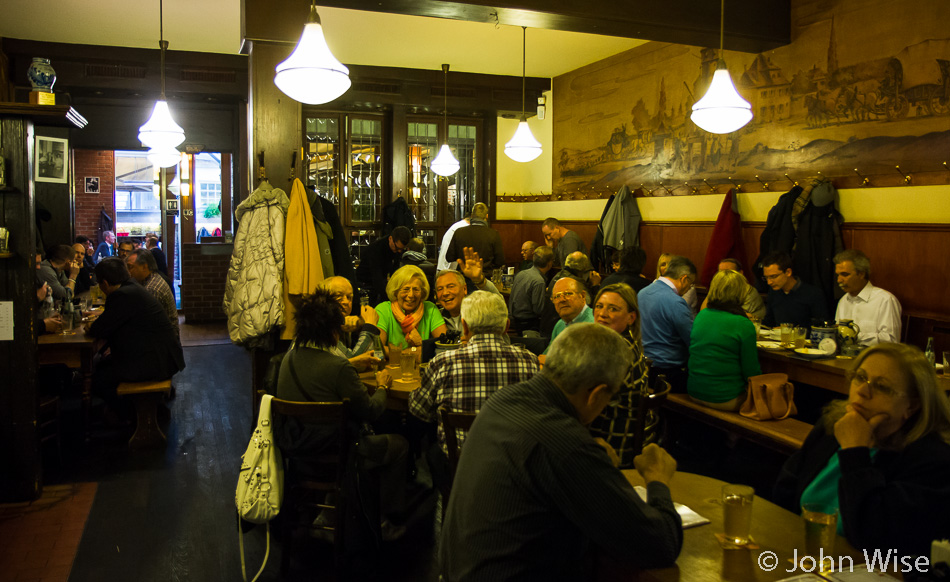
The first half-dozen photos in this entry are for my friend Rob Lazzaratto, who lives in Tonopah, Arizona, and runs his own farmers’ markets. These markets in Frankfurt move around the city and can be found nearly every day; today, we are in the Bornheim area. What’s crazy is Frankfurt while considered a large metropolitan area, its population is just under 700,000 people. On the other hand, Phoenix, Arizona, is home to nearly 1.5 million people. The point is that Frankfurt has a more vibrant active marketplace for independent sellers and the number of people who visit them than the Phoenix area. Not only that, the markets here are open from early morning to just before evening. The same is true for the arts here. At every train stop we pass through, we find posters and flyers announcing various arts, music, and speaking dates across the area. The culinary and art cultures are alive and well in Frankfurt.

Germany, while it imports much food also grows a lot with the help of its extensive network of greenhouse growers. With the opening of the European Union, food products started moving across former borders with ease, just as we people are allowed to do now. Some 20 years ago, while those of us in private cars lined up at border crossings, the really long lines were formed by the kilometer or better of trucks that were moving livestock and produce between countries from France and Denmark to Italy and Greece and all lands between. These days, there are no border traffic jams; everything sails right through. The effect of all this unencumbered trade is that the selection of food choices has grown to offer Europeans incredible choices.

This potato stand was offering eight different varieties of potatoes, along with a few types of onions and garlic – all staples in the German kitchen.

No German table is complete without bread. This may be the single most important food in Deutschland. The biggest complaint you are likely to hear from Germans traveling in America or England is that we eat the most boring, spongy-soft, taste-free substance that we dare call bread. Bread here has gusto, crunch, and heft. There may be more bakeries in Frankfurt alone than all the convenience stores in the state of Arizona. As a matter of fact, the typical German dinner at home is called abendt brot (evening bread), and it’s just that: a couple of pieces of bread with some cheese and deli meat, maybe a small salad too.

All things olive. From sheep cheese marinated in olive oil to more than two dozen variations of the olives themselves, this stand was offering the gourmets of Frankfurt nearly every form of this famous fruit to the public walking by this morning. Nor do these sellers have the market cornered, as another street-side shop was offering a different variety of olive-drenched products.

A seasonal favorite in Germany is asparagus, but not just any asparagus; it must be white asparagus. So, how does one grow white asparagus? The fields across this region where asparagus grows are covered with plastic or a thick cover of mulch. This process ensures the asparagus shoots never see the light of day. Deprived of sunlight, they do not produce chlorophyll and so they remain white. The color is not the only difference; the taste is also much more subtle, well, at least to me anyway. From April through June, this German delicacy remains in high demand; its price also reflects that point.

One might start to think that Germans are foodies, though many would argue that German food is quite boring. When looking at the important staples in this country’s diet, cheese and plenty of it, plays a big role. At today’s market were three vendors selling cheese products, and not a slice of yellow nondescript cheese product was to be found, nor ‘cheese’ in a spray can. While cheese may not be a religion as it is to the French, Germany could easily be in second place for bragging rights to those who love cheese more. When perusing these cheese mongers wares be prepared to walk away with a little of everything. Also, here in numbers are the meat sellers, from chicken and fish to tons of pork, beef, and wild game, but I didn’t capture a photo worth sharing.

This is not graffiti. It is a painting at the end of an apartment building showing typical daily life in Frankfurt, where women drinking apple wine hang out with blue goats, laughing the day away.

A week ago, the trees were still bare, the air freezing cold and everyone was bundled up in winter clothes. Not so true today as the trees are exploding in color, and the temperatures have crawled out of brrr into the mid-20s Celsius (75 Fahrenheit). And the flowers are not the only thing making themselves seen; it’s time to break out the “I’m not sure yet if it’s time for summer clothes” – skirts still have heavy leggings underneath them, and short sleeve shirts have jackets draped over the arm; just in case.
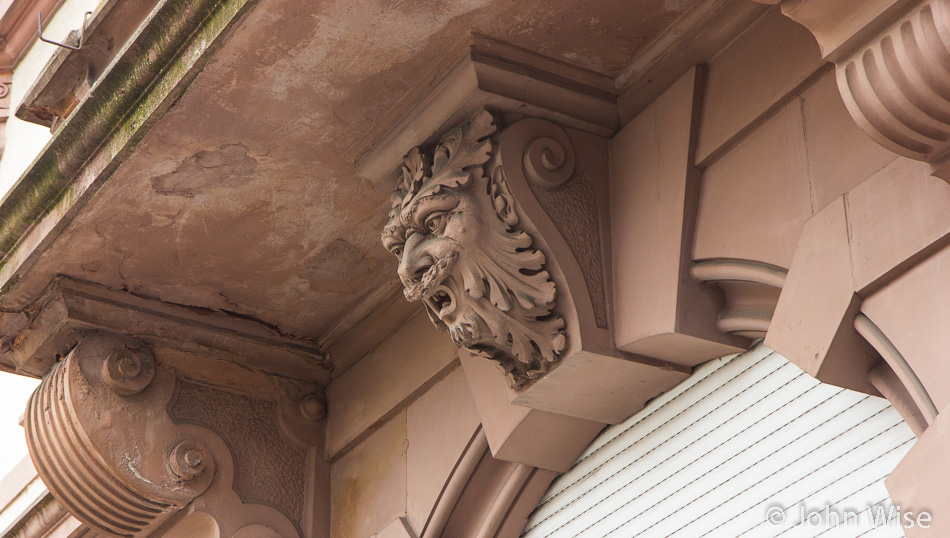
If you only walk with your eyes looking straight ahead, you will miss much in any given European city. Details pop out of nearly every corner; in this case, it was a face adorned to the front of an apartment underneath a balcony just overhead.

Meet To Kuehne (pronounced Toe), an old friend of ours. To is approaching a level of fame that has him being recognized on the streets of Germany, but he still has time for us. So much time, in fact that we have been invited to dinner on Friday night, he’s promised to make dinner himself. Also on the invitation is another old friend, Olaf Finkbeiner, but I’m having trouble getting hold of him. I hope he makes it.
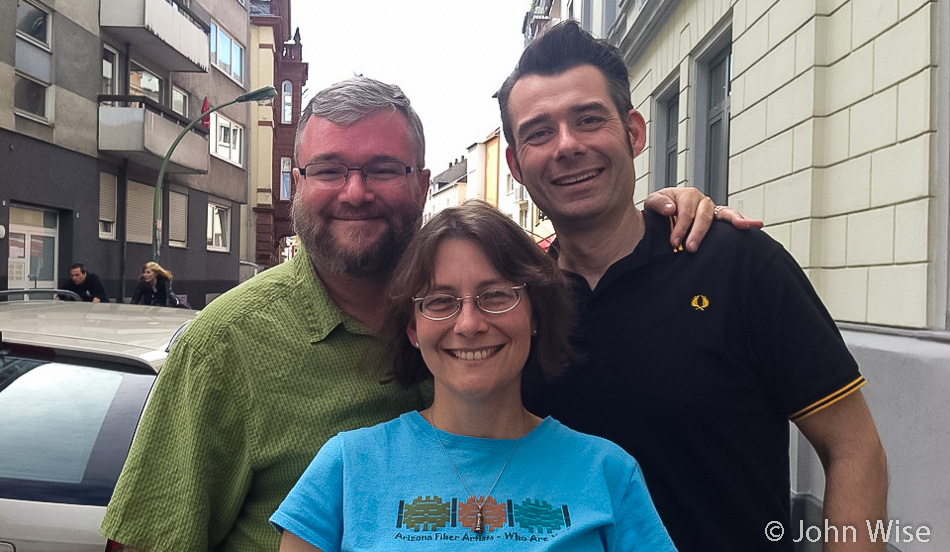
Who did make it for today’s meeting with To was Manuel Francescon von Oberursel! These two guys are very special in our lives as some 20 years ago; they helped me make a video for Caroline’s birthday that still makes us laugh to this day. After our departure from Germany, Manuel made a career for himself making short films and ultimately started working in TV and radio. The four of us sat outside in the sun at a local cafe for hours, hearing their voices again kept smiles on our faces the entire time. Saying goodbye to Manuel was hard, as the idea that we may not see him again for many more years was a bitter pill to swallow. Today, we realized just how much we miss our old friends.

By late afternoon, we were once again on the move, back to Bornheim to pick up a prescription for Jutta.
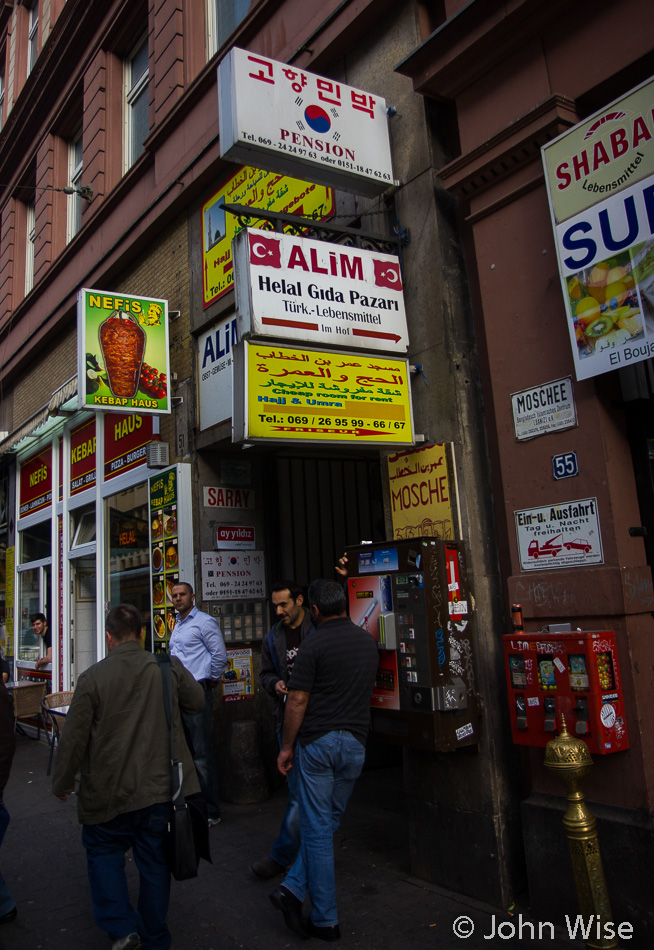
After arriving at the rehabilitation clinic, we couldn’t find any sign of Jutta. We knocked multiple times at her room, figuring that maybe she was in the restroom. We’d already checked the dining room and were on our way to the doctor’s office when Stephanie showed up, telling us that Jutta was back in Bürger Hospital. Just before panic sets in, she tells us that Jutta’s wound is infected. Could be worse, at least, as she didn’t break her other hip! With all of the required train stops that would be needed to go to the hospital and Caroline behind with work she’s been trying to keep up with from her job back home, we decided to head back to Stephanie and Klaus’s place.

This is the headquarters of the European Central Bank. We left our first train at Hauptbahnhof (the main train station) to walk up the street to the train stop, where the subway would take us to our temporary home. With restaurants from Malaysia and the Balkans to fast food joints selling Pakistani and Lebanese specialties, we walked amongst the international throngs, admiring the diversity that has become Frankfurt. It seems fitting that this multi-cultural city would become home to this conglomeration of states that make up the E.U.
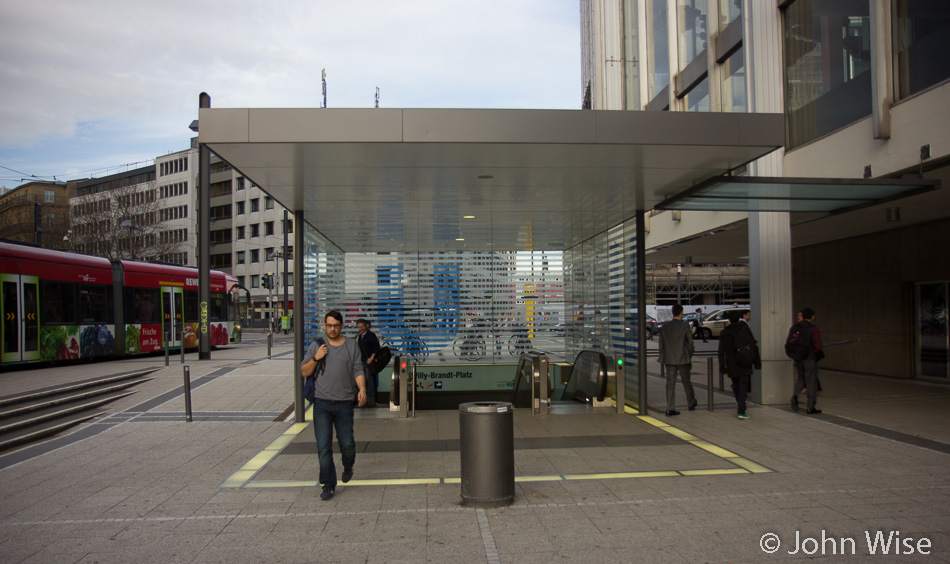
Twenty years ago, this subway stop was Theater-Platz; today, it is Willy-Brandt-Platz, named after the popular and long-standing German Chancellor. Downstairs, we will board the U1, U3, or U8 for our short ride home, which not only runs underground but emerges into the light of the day for the majority of our trip to Heddernheim.

And this concludes this very long entry. Earlier, I said summer had arrived; maybe I exaggerated a little, as here’s proof that spring is upon Germany: cherry blossoms.

